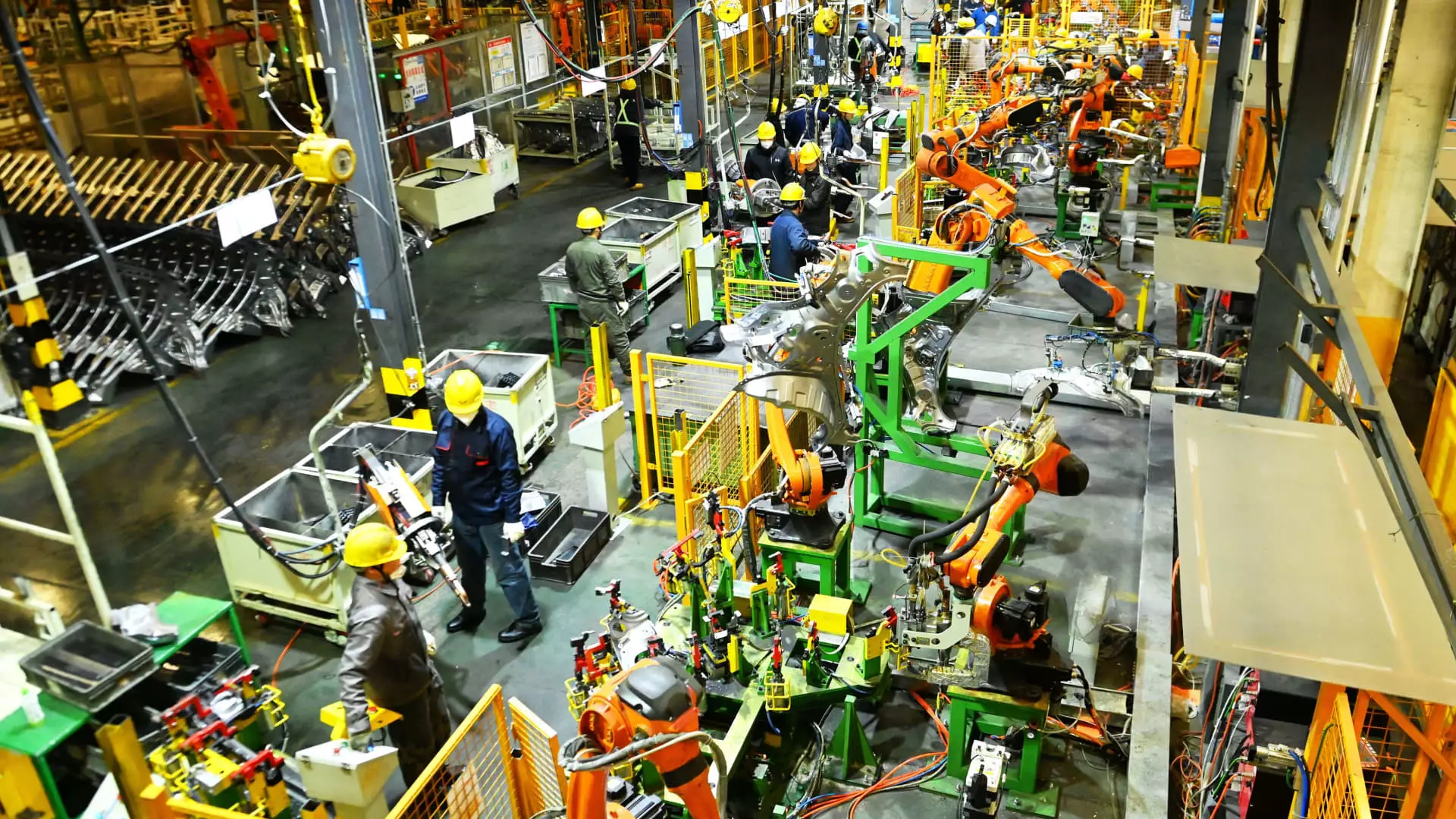In a surprising turn of events, President Donald Trump is weighing exemptions for automakers from certain tariffs that his administration imposed, primarily targeting imports from China. This comes as the automotive industry grapples with a myriad of economic pressures, including extant tariffs on steel and aluminum. While the White House confirmed Trump’s consideration of such exemptions, it inadvertently reflects the chaos and uncertainty that has become synonymous with his trade policies. By selectively easing tariff burdens, Trump seems to be attempting to placate a pivotal industry while ultimately risking the overall sanctity of his economic strategy.
The Dual Nature of Tariff Policies
The proposed exemptions are said to target auto parts, but they are distinctly separate from the 25% tariffs on imported vehicles scheduled to take effect soon. This duality reveals a critical flaw in Trump’s approach. In attempting to shield certain sectors within the automotive industry from his own policies, he is simultaneously fueling speculation about whether the underlying reasoning for such tariffs is convoluted at best. Focusing on issues like fentanyl production merely as a pretext for imposing tariffs showcases a lack of coherent strategy, instead relying on fragmented justifications that seem more arbitrary than rational.
Market Reactions and Industry Concerns
As news of possible exemptions circulated, stock shares of automakers saw a marginal uptick—indicative of a market that has learned to adapt to the tempestuous nature of Trump’s tariffs. However, the increasing uncertainty remains a precarious cliffhanger for many in the industry, casting shadows over future investments. Executives like General Motors’ CEO Mary Barra articulated the industry’s dire need for “clarity and consistency,” revealing how such a volatile policy landscape inhibits strategic planning and long-term investment.
While on the one hand, auto executives lobby for exemptions to ameliorate escalating costs, on the other, they face the grim reality of an impending combination of tariffs that could lead to compounding financial burdens. The automotive supply chain, already frail for many providers, hangs by a thread, and further tariff impositions could endanger not just American manufacturing, but the global automotive ecosystem.
Lobbying for Relief vs. Unintended Consequences
The consortium of six major automotive policy groups beseech Trump’s administration for relief, drawing parallels to favorable tariff conditions for consumer electronics and semiconductors. However, this situation raises questions about the long-term impacts of such lobbying. If exemptions are granted, will it embolden more lobbying for selective softness in the face of strong tariffs? How does this affect the market’s efficiency, or fairness, toward companies that may not have the same clout to lobby for exemptions? Such discrepancies could ultimately exacerbate the very problems these policies aim to fix.
The auto industry’s plea for relief sounds more like a desperate cry than a reasoned approach to an economic puzzle that isn’t being solved effectively. This reliance on lobbying potentially dilutes accountability and fosters a legacy of dependency on governmental intervention.
The Outlook: A Balancing Act of Interests
As Trump continues to dabble in tariff exemptions for the car manufacturing sector, the automotive landscape appears more akin to a volatile game of chess rather than an economically grounded strategy. While the intent may be to protect American jobs, the resultant chaos breeds an environment where clarity and predictability are compromised for short-term gains.
The intersection of politics and economics brings with it a tangled web of interests that could leave many automakers and suppliers in desperation. Without a fundamentally sound trade strategy that respects the autonomy of these crucial industries, the current tariff narrative fosters a riskier business environment.
As the timeline for existing tariffs looms closer, and with industry leaders calling for dialogue and predictability, a single truth resonates—as long as policy remains reactionary, rather than visionary, America’s automotive future hangs in the balance. The charm of power may tantalize those in the driver’s seat, but without a thoughtful direction, the consequence could simply be a collision waiting to happen.

